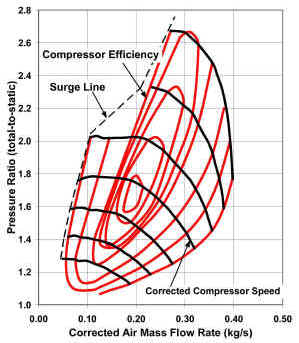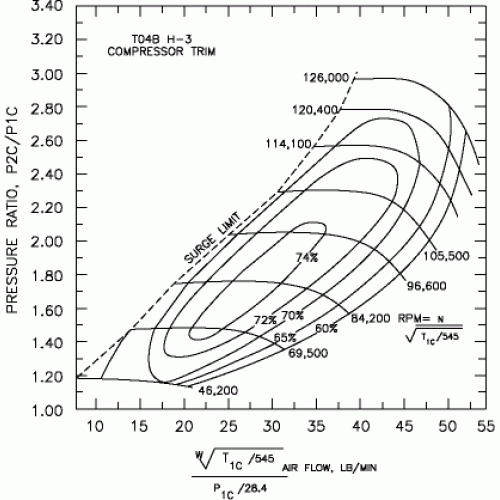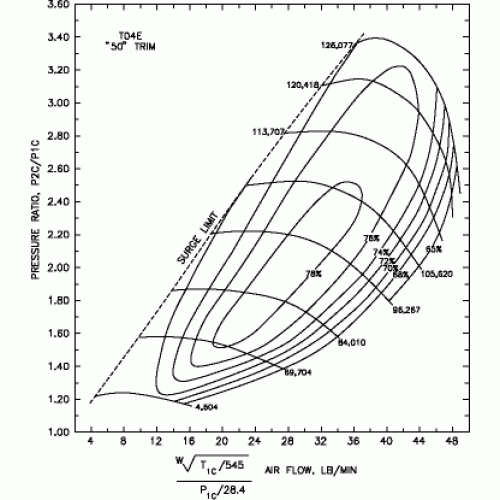Grrrrrrr! wrote:Flannelman wrote:Increasing molecular density is the technical term for pressure.
Its not as simple as that.
Put a cold gas in a container with a pressure sensor, seal it, then heat it. Pressure goes up, but density is the same, since no extra gas has entered the container and the container hasn't changed size.
The engine is not a closed system. The real question must be asked is following:
How a compressor increases the pressure? Be that centrifugal or positive displacement type.
The answer is following: the compressor primarily increases the pressure by adding more mass from outside of the system (changing 'n' in PV = nRT).
In case of internal combustion, the boost is the difference between flow rates of engine and compressor. When you have boost pressure the compressor supplies more air than engine can pump through. Engine is just a fancy air pump.
Why charged engines run a substantial boost pressure (ie not just keeping it at 0, where VE approaches 100%)? Because generally by increasing P the 'n' increases due to extra molecules added by the compressor.
In modern cars the Mass Airflow Meter measures 'n' directly, while the MAP sensor measures 'P' (and 'n' is indirectly inferred from PV=nRT).
What happens in combustion chamber of charged engine vs N/A?
The only difference is that the starting pressure will be boost pressure (vs slighly below atmospheric), and starting temperature will be higher (depending on inter-cooler and turbo efficiency). And here where the PV=nRT comes in effect as the combustion chamber can be considered closed system. Disregarding detonation, more 'n' = more power.
Here is some mental gymnastic:
initial state:
PV=nRT
V is constant (piston BDC+combustion chamber)
R is constant
n1, P1, T1 are initial states of N/A engine
n1= P1V/RT1
n2= P2V/RT2
so n2/n1 = (P2V/RT2)/ (P1V/RT1) = (P2V/RT2) * (RT1/P1V) = P2T1 / P1T2
so lets assume the following numbers:
P1 = 0.9bar (no boost)
T1 = 40'C
P2 = 1.9bar (~0.9bar boost)
T2 = 70'C (average intercooler)
so n2/n1 = 1.9 * 40 / 0.9 * 70 = 1.2 mass increase
If the post intercooler temperature is dropped down to 50'C, then there is ~1.7 increase of mass, which would translate to little bit under of 1.7 increase of power.



